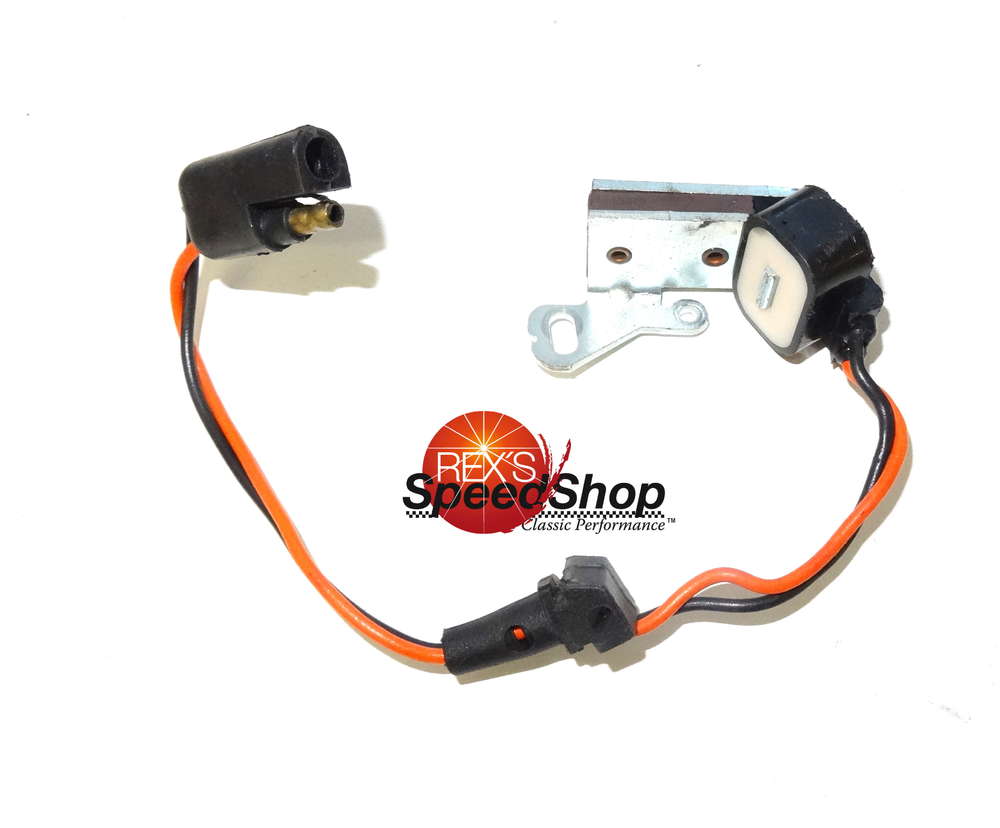- Joined
- Dec 20, 2011
- Messages
- 3,478
You might be looking at this from the wrong end.....Ah, thanks for the clarification Steve, that makes (I think!) sense.
Tricky stuff this lecrticity, it'll never catch on
Seriously though, it would be very interesting if someone could post pictures of a known Norton Rita reluctor. Both the Trident and the Ducati reluctor profiles seem similar to the naked eye, but they both use rather more advance than the Norton head requires.
Yes, the Triumph engines typically use 36 degrees fully advanced compared to a Norton at 31 with an electronic ignition (28 with points). As you say, due mainly to cylinder head and piston crown designs.
I am not sure the amount of advance in the ignition system itself changes 5 degrees.
What we set when installing an ignition is the end point of the advance curve, the fully advanced figure. If I set full advanced at 36 degrees instead of 31, I have advanced the timing 5 degrees at full advance, but I have also advanced it 5 degrees at static, no advance, so the 'static' timing figure is also increased 5 degrees!
Using the same box (twin cylinder) on a Norton I may have say 5 degrees as a static figure, installed on a Triumph I will have 10 degrees static.



